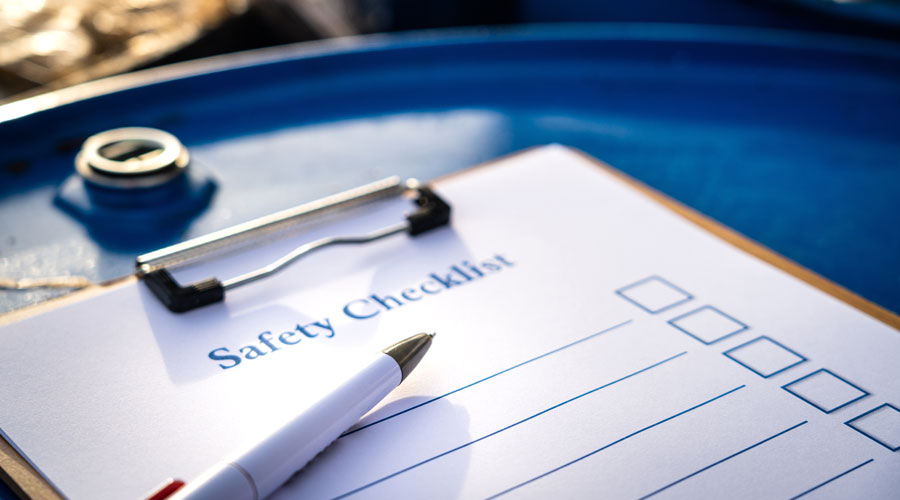In recent years, more employers have moved past the old idea that safety programs only apply to certain industries or departments—or that their only purpose is to prevent injuries. Today, it’s widely understood that a strong safety culture benefits every part of an organization. Beyond protecting employees, it helps boost morale, build stakeholder trust, improve productivity, reduce costs, and strengthen compliance.
This checklist offers practical guidelines employers can use to reinforce workplace safety and support a culture where it’s truly part of everyday operations.
Leadership Involvement
- Is organizational leadership actively involved in promoting injury prevention and encouraging employees to be diligent in recognizing and responding to job-related hazards?
- Does the organization address occupational safety in its mission and vision statements?
- Does management host routine workplace safety training sessions and orientations to educate employees about the risks they may face on the job and how to properly mitigate them?
- Do supervisors perform regular check-ins to ensure employees are following occupational safety policies and procedures?
- Do supervisors take all reports regarding unaddressed safety hazards and near-miss incidents seriously?
- Does organizational leadership conduct thorough investigations following workplace accidents and injuries to determine the root cause(s) and adjust safety practices as needed to prevent future incidents?
Employee Education and Engagement
- Are employees required to attend daily meetings or “toolbox talks” with their supervisors, where they can openly discuss any ongoing occupational safety concerns?
- Are all workplace safety training sessions and orientations customized to employees’ specific job tasks and exposures? Does this education address human factors, behaviour-based safety and emergency response measures?
- Are occupational safety policies and procedures updated on a regular basis and effectively communicated to employees?
- Are employees encouraged to report job-related hazards, near-miss incidents and accidents without fear of retaliation?
- Do employees have easy access to a range of written occupational safety resources, such as job-specific safety manuals, flyers, Workplace Hazardous Materials Information System programs and safety data sheets (SDS)? Are language preferences and literacy levels considered during the development and distribution of all resources?
- Is there plenty of safety signage posted on-site to remind employees of workplace safety hazards and mitigation strategies (e.g., a “Caution: Watch Your Step” sign near stairways or a “Hard Hats Required” sign in areas prone to falling or flying objects)?
- Are employees rewarded or otherwise recognized for demonstrating a consistent commitment to injury prevention (e.g., public acknowledgement, certificates, gift cards or additional paid time off)?
- Is a return-to-work program in place to support injured employees through the treatment and rehabilitation processes and help them safely ease back into their roles upon recovery?
Regulatory Compliance
- Is there a designated individual or safety committee responsible for ensuring organizational compliance with all relevant provincial and federal workplace safety legislation?
- Does the organization comply with all applicable Occupational Health and Safety standards? Key topics to address include the following:
- Personal protective equipment
- Ergonomics
- Machinery and equipment usage
- Hazard communication, chemical handling and SDSs
- Fire and electrical safetyFall protectionLockout/tagout procedures
- Emergency preparedness
- Injury and incident reporting
- Does the organization have an appropriate workers’ compensation program that complies with the requirements of the relevant provincial or territorial Workers’ Compensation Board?
To learn more, reach out to CMB Insurance Brokers. We can provide you with valuable insights and guidance: call CMB at 780.424.2727 or click here to get a quote.

